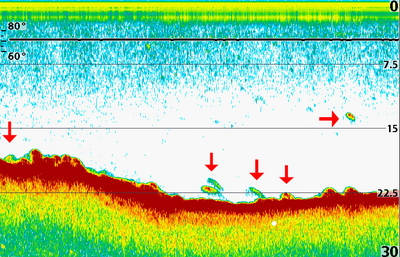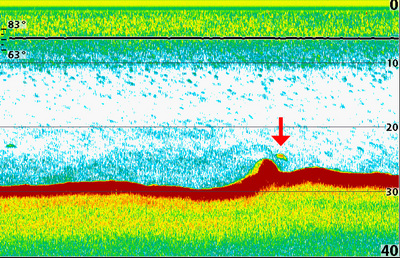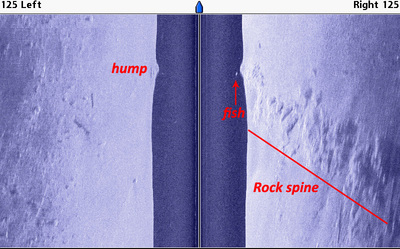Spending quality time with the rod down will help you get used to the unit. Even better is to get some seat time with someone who has it down for the unit you are running. A few hours in the boat with someone like that can be phenomenal, that’s what I did when I moved from Lowrance to Humminbird. One afternoon of playing around on the water by myself, and 2 hours with someone who knew what the heck they were doing. But, I am continually learning and don’t believe anyone is 100% accurate on what is down there. Side Imaging does help quite a bit.
Start off with a small area that you know really well. Mark it off with buoys and keep making passes. Sometimes it helps to go back to the same areas at later dates and re-scan and see if the same things show up.
Can be frustrating, and time consuming, but it is rewarding as heck. Technology is awesome these days for on the water sonar.




